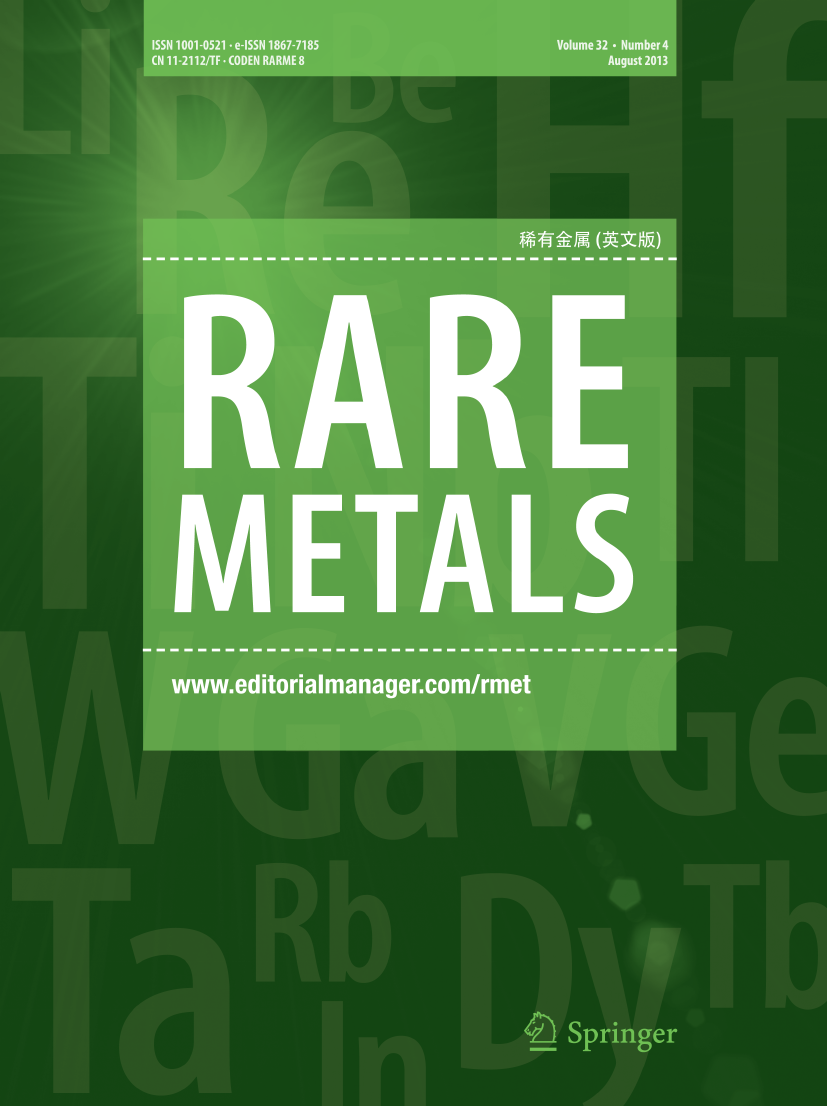Ruthenium-iridium alloyed oxides with remarkable catalytic stability for proton exchange membrane water electrolysis at industrial current density
Abstract
Despite the cost and activity advantages, ruthenium-based oxygen evolution reaction (OER) catalysts face severe stability problems for proton exchange membrane water electrolysis (PEM-WE) due to Ru dissolution. Although tremendous attention has been paid to enhancing the stability and activity under small current density in three electrode systems, there still lacks validation under industrial current density at the device level. Aiming at this issue, we report highly active and durable ruthenium-iridium alloyed oxides (IrRuOx) as the acidic OER catalyst for PEM-WE with exceptional durability for 1600 h at an industrial current density of 2.0 A·cm−2. X-ray absorption spectroscopy reveals that the introduction of iridium modulates the electronic structure of Ru and strengthens the local Ru–O bonds in RuO2, which is crucial for ensuring activity and stability. As a result, in comparison with its RuO2 counterpart, IrRuOx works stably against the Ru leaching-induced catalytic layer breakage during the stability test. This work demonstrates the great potential of IrRuOx as the practical OER catalyst for the application in PEM-WE.
Graphical abstract

 求助内容:
求助内容: 应助结果提醒方式:
应助结果提醒方式:


